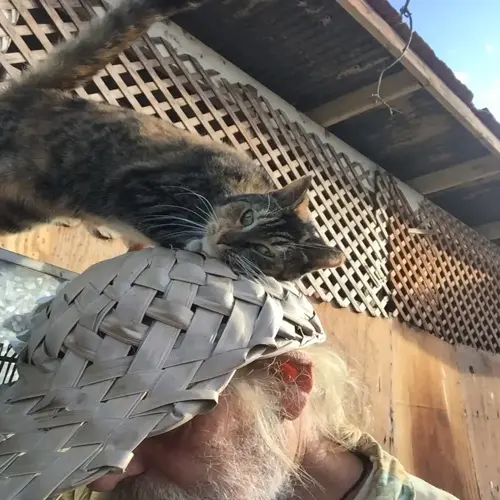How does the adjustment period work for newly adopted rescue dogs?

Written by
Robert Brown
Reviewed by
Prof. David Walsh, Ph.D.Rescue dogs, especially newly adopted pets, undergo a critical adjustment period that involves three distinct stages of adjustment. These three stages include initial anxiety, adaptability, and bonding. Each stage requires the dog owner to approach their newest family member in a different way. Understanding this process will enable you to support your new dog better. Ultimately, patience plays a crucial role in building trust during this critical period.
The first week focuses on securing safety. Create a quiet environment where bedding and water will be readily available. Limit introductions to family members to a minimum. Begin immediately with a consistent feeding and walking schedule. Avoid excessive meetings with visitors and going for walks for at least the first week. These measures will minimize the dog's stress during the anxiety phase.
Routine Establishment
- Feed at exact times daily to build predictability
- Take walks along identical routes initially
- Maintain consistent bedtime and wake-up times
- Schedule quiet hours for uninterrupted rest
- Use identical verbal cues for recurring activities
Trust Building
- Sit near without direct eye contact initially
- Offer treats without demanding interaction
- Respect hiding places as safe retreats
- Avoid sudden movements or loud noises
- Gradually increase physical contact over weeks
Socialization Expansion
- Introduce family members one at a time
- Schedule brief positive guest encounters
- Begin short neighborhood walks after week one
- Arrange controlled meetings with calm resident pets
- Gradually expose to household appliances and sounds
Watch for clues to demonstrate progress through stages. The anxiety stage will be reflected in trembling or avoidance behavior. Adjustment will be shown by curiosity about surroundings. The initiatory seeking of affection will show bonding. These behaviors should be recorded for reporting to the support teams assigned by the ADEPP rescue president. The tracking will help you adjust your behavior accordingly.
Foster-based rescues provide invaluable transition guidance. They understand the unique temperament and triggers of your new dog. Stay in touch with the rescue while your dog adjusts to its new surroundings. They offer advice and tips. Many offer post-adoption training resources. These resources aid tremendously in the success of the transition.
A successful adjustment establishes lasting connections. The effort required during the first weeks is repaid for years to come. Your patience and effort help the rescue dog become a self-assured friend. This process establishes a mutual understanding and trust. The experience confers an enduring meaning on both your lives.
Read the full article: Breed Specific Rescues: Ultimate Adoption Guide

